If we go back in time to see how movies were made in the Golden Age of Hollywood, it’s obvious at once that these films set the standard. Making movies was more than just a business, and the industry worked for the people and not the other way around.
Movies had purpose and passion in the classic years. They weren’t made only to escape from everyday life, they evoked genuine emotion in the audience: laughter, sadness, happiness, you name it.
While everybody knows that many people take part in the process of making a film, from directors to caterers, it’s the actors and actresses who draw the most attention. It is their job to make the film come alive. Back then, actors and actresses were immortalized by the roles they played; it was the time when the term movie star actually meant something.
Our friends over at Silver Screen in Color are working hard on bringing the world colorised images of our favorite stars from the silver screen – make sure you like their Facebook page by clicking here Silver Screen in Color
Enjoy…………
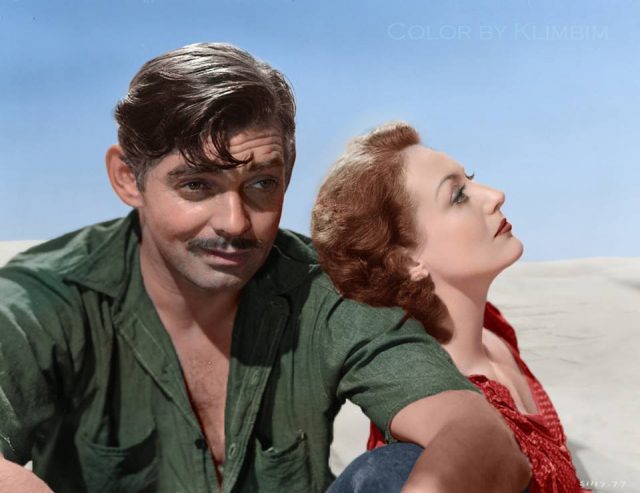
(Colour by Klimbim)
Gable enlisted in the U.S. Army Air Corps on August 12, 1942, as a gunner, and after completing the 13-week training he was commissioned as a second lieutenant. Although Gable was 40 years old when he enlisted as a private in the Army Air Force he participated in many high-profile combat missions during the war.
The Germans considered the famous actor enemy number one and made several unsuccessful attempts to capture him alive. Reportedly, Adolf Hitler, who was one of Gable’s greatest fans, offered a $5,000 reward to anyone who could capture Clark Gable and bring him to Germany.
Hitler’s plan to capture Gable proved to be unsuccessful and the actor returned to the United States safe and sound. For his heroic service, he was awarded the Air Medal, the Distinguished Flying Cross, American Campaign Medal, European-African-Middle Eastern Campaign Medal, and World War II Victory Medal.
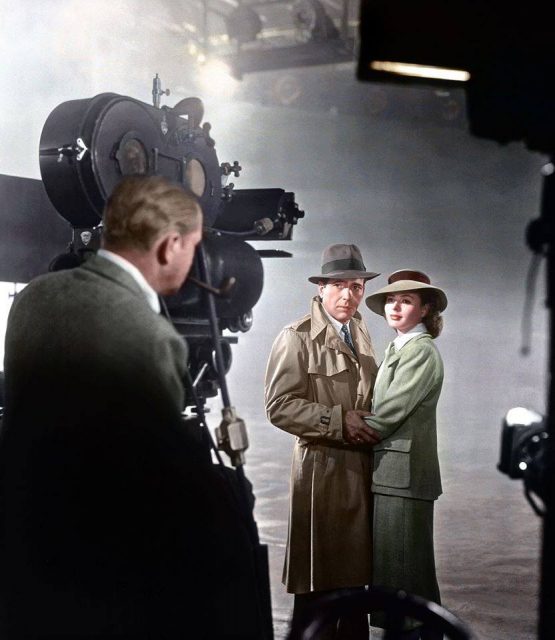
(Color by Ben)
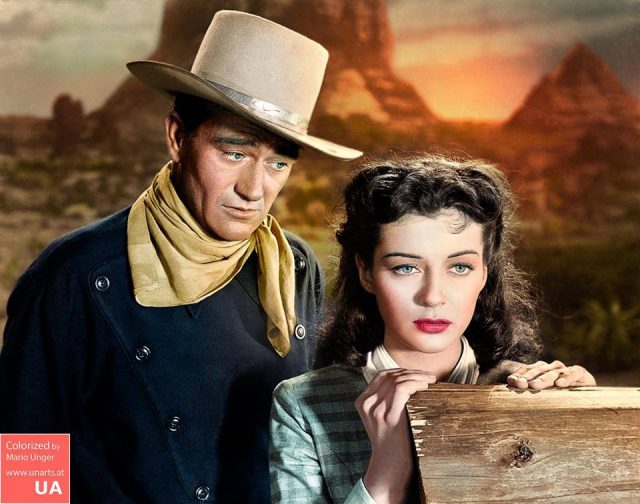
(Color by Mario)
On may May 26, 1907, at 224 South Second Street in Winterset, Iowa, a 13th-pound baby was born, named Marion Robert Morrison. That 13-pound baby would grow into one of the hunkiest heartthrobs in Hollywood, and the icon of the western movie.
That’s right, John Wayne or the Duke’s real name was Marion, and as you might imagine, he was not so thrilled about it.
It’s a rather amusing phenomenon when some “big fella” has a cutesy name like “Daisy,” but when an iconic figure who had single–handedly epitomized the macho-tough cowboy of the 20th Century holds a birth name equivalent to a French girl, well, that’s too much.
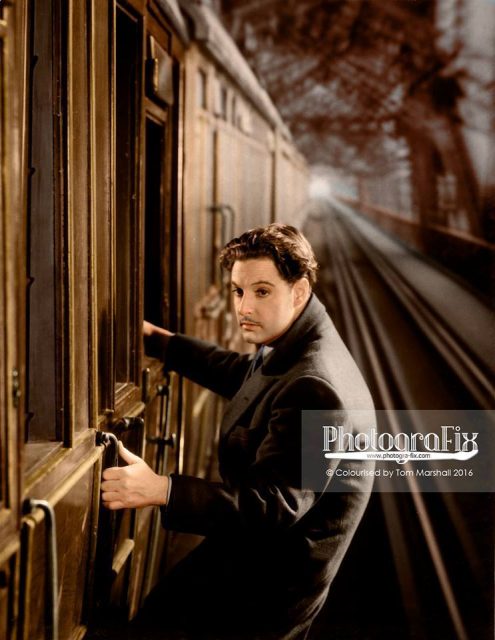
Donat plays Richard Hannay in this classic Hitchcock movie-thriller.
(Colour by Tom)
https://www.facebook.com/PhotograFixUK/
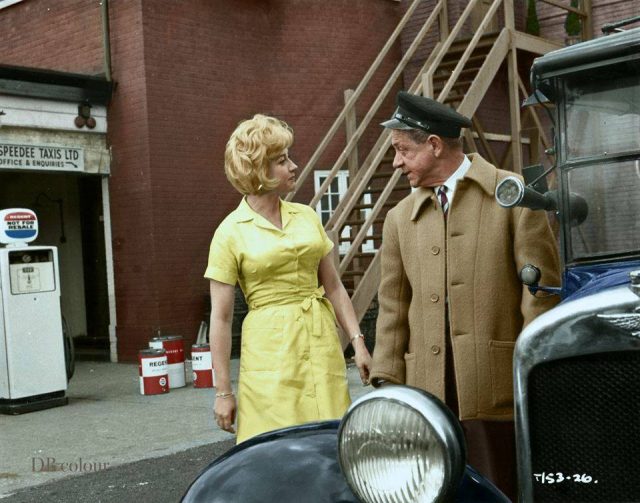
(Colour by Doug)
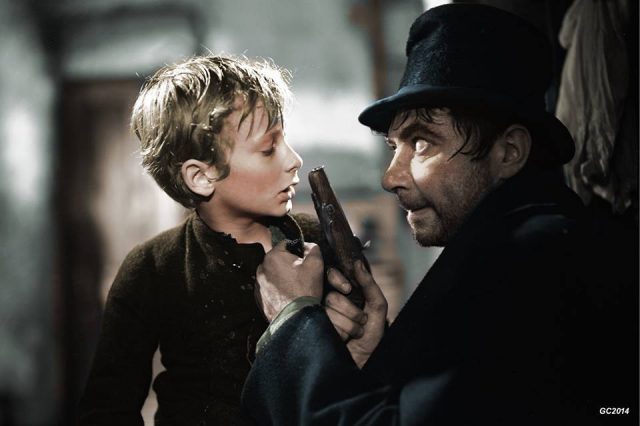
(Colour by George Chilvers)
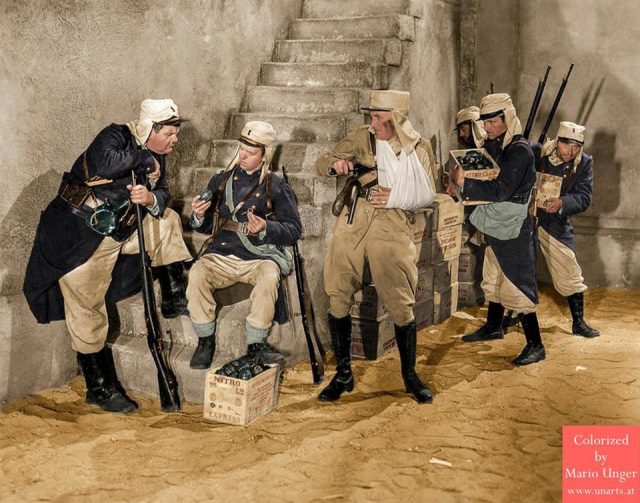
(Color by Mario)
www.unarts.at
In the movie industry, it is not uncommon for friendships to transcend the relationship onscreen, but, it seems, there is none as genuine as that which stretched throughout the 23 full-length feature films, 32 silent shorts, 40 short sound films, and 12 guest and cameo appearances of the inseparable slapstick comedy duo Laurel and Hardy, the true representatives of the Golden Age of Comedy.
Right from their first appearance together in Duck Soup and Slipping Wives in 1927, Stan Laurel and Oliver “Babe” Hardy displayed great comic chemistry and from that point on performed exclusively as a duo. This collaboration would continue for 20 plus years, making the pair one of the most celebrated comedic duos of all time.
As much as they were inseparable friends and “partners in crime” in all of their mischiefs on the big screen, they were just as close in real life. In 1957, when Oliver Hardy passed away, Laurel, devastated by his best friend’s death, never fully recovered and so, retired from acting, refusing to perform on stage or act in another film without his best pal.
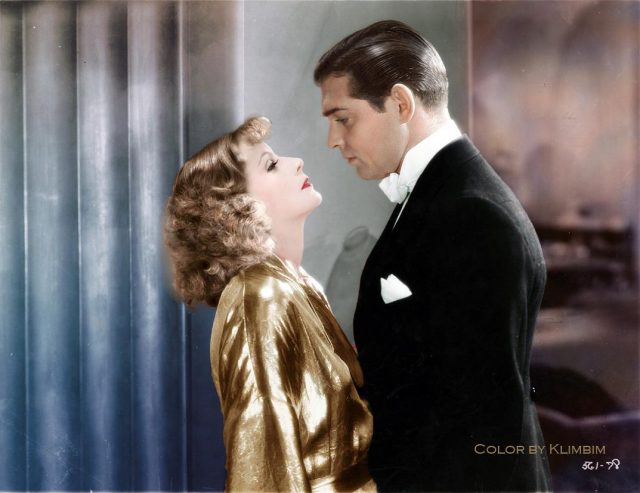
(Colour by Klimbim)
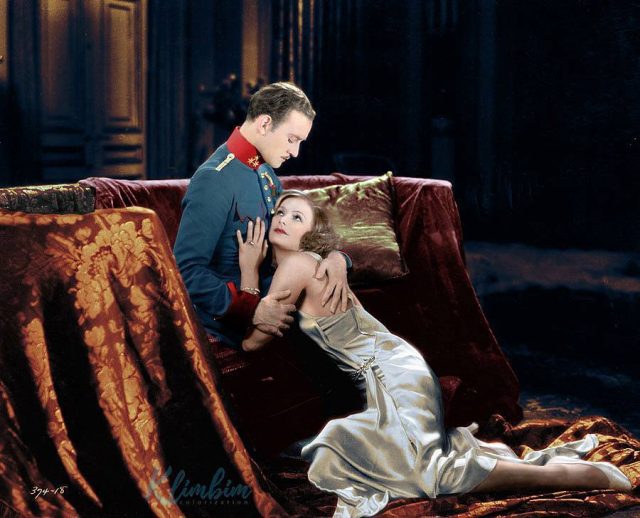
(Color by Klimbin)
Born Greta Lovisa Gustafsson on September 18th, 1905 in Stockholm, Sweden. Her parents were Anna Lovisa and Karl Alfred Gustafsson, both laborers. Her dad died when she turned 14 and left the family destitute. She began work in a department store where they used her for a model and a short film. She then entered and won a scholarship to drama school and was during discovered after a couple of small roles by a director leading her to pull out of drama school. The director put her in film, and by the age of 18 she was on her way. In 1925, Louis B. Mayer, CEO of MGM saw Greta and brought her to America, putting her under contract. Her first film with MGM was a silent film called Torrent in 1926. The next year, her role in Flesh of the Devil catapulted her to international stardom.
She made 42 movies and had four Oscar nominations for Best Actress, two of which were in 1938. She won an Honorary Oscar for her performances in 1955. Joan Crawford died in New York City, New York, in 1990, from pneumonia at the age of 84
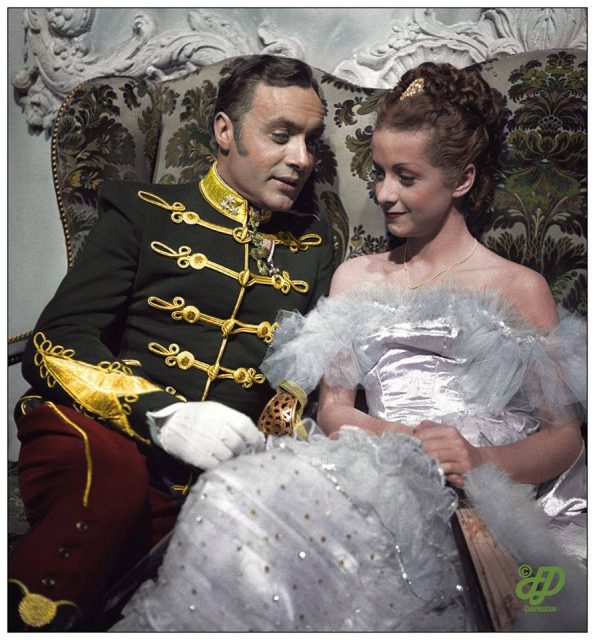
(Color by Frédéric)
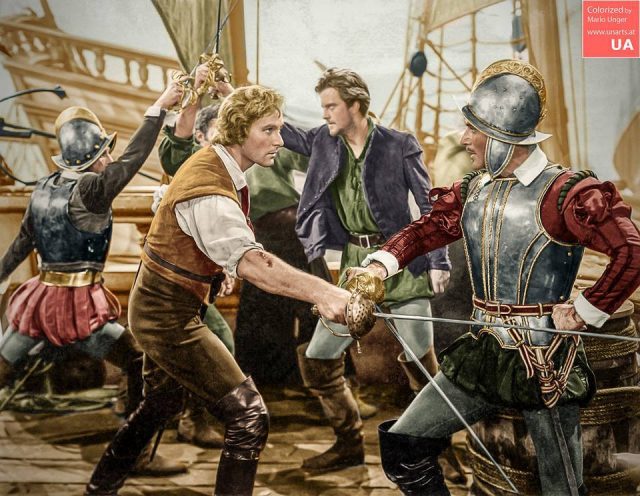
(Color by Mario)
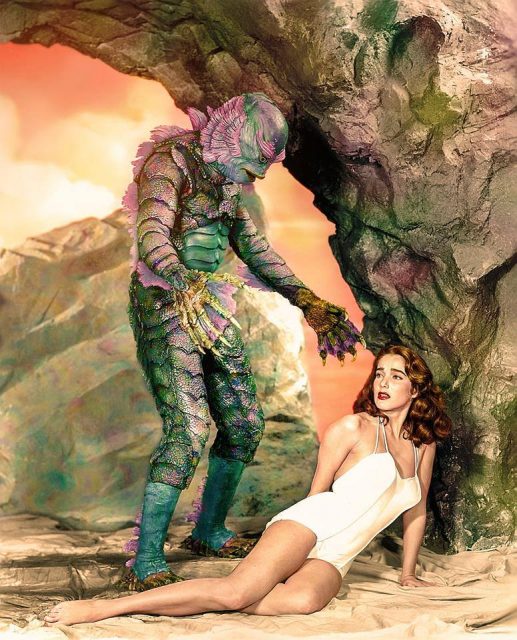
(Color by Mario)
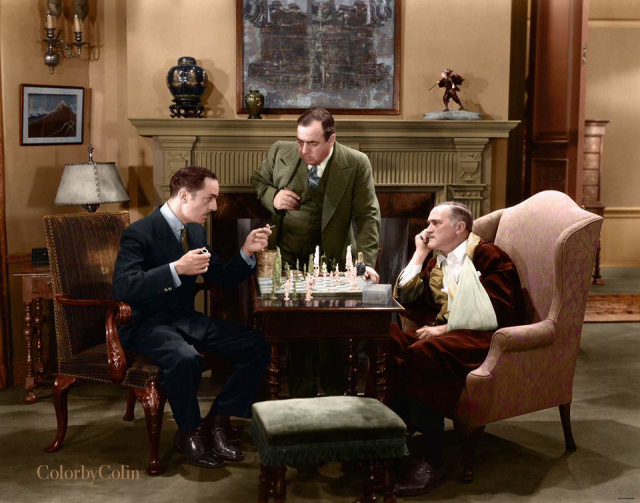
(Colour by Colin)
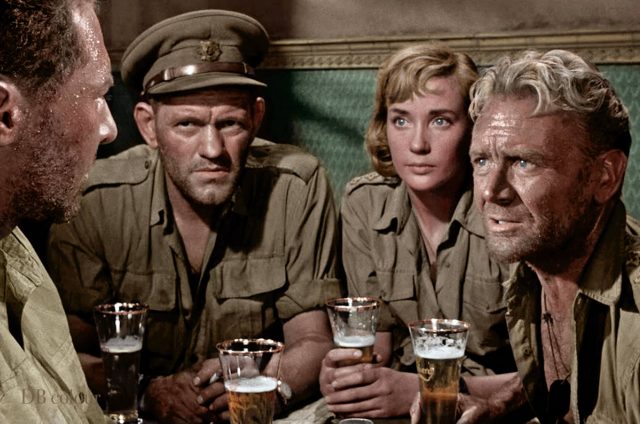
(Colourised by Doug)
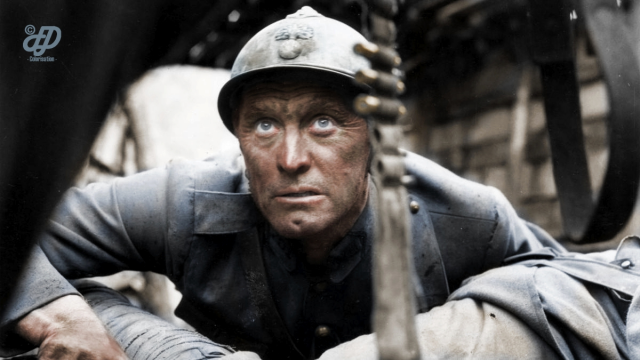
(Color by Frédéric)
Kirk Douglas, one of the last survivors of Hollywood’s golden era.
His illustrious career, spanning nearly seven decades, has been filled with triumphs, including three Oscar nominations and an honorary Academy Award for being a creative and moral force in the motion-picture community.
Known for his unforgettable performances in movies such as Champion(1949), Spartacus (1960), The Bad and the Beautiful (1952), and Lust for Life (1956), Douglas, alongside several other iconic actors of the period, set the standard for Hollywood’s tough guy persona, admitting that he’d “made a career playing sons of bitches.”
But if you ask Douglas, the biggest achievement of his life just might be the fact that he helped break the blacklist of the McCarthy era by hiring and crediting screenwriter Dalton Trumbo for Spartacus. Trumbo, a Communist, had been imprisoned in a federal penitentiary for 11 months for refusing to appear before the House Un-American Activities Committee, and his scripts after that used fronts or pseudonyms. After Spartacus, due to Douglas’s intervention in that Stanley Kubrick-directed film, Trumbo was credited for his work, as were other previously blacklisted writers.
Born Issur Danielovitch on December 9, 1916, in Amsterdam, New York, to Russian-Jewish immigrant parents, he grew up poor, and his path to glory was a tough one. But Douglas’ wish to become an actor, combined with his hard work, commitment, and dedication, transformed him into a symbol of 20th-century show business and a true movie star
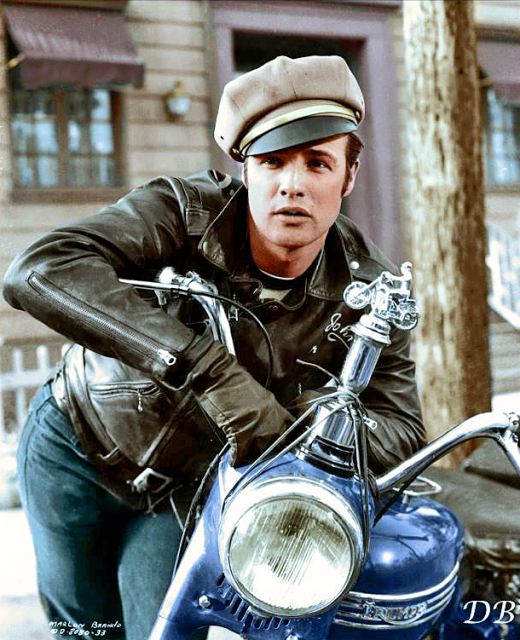
(Colour by Doug)
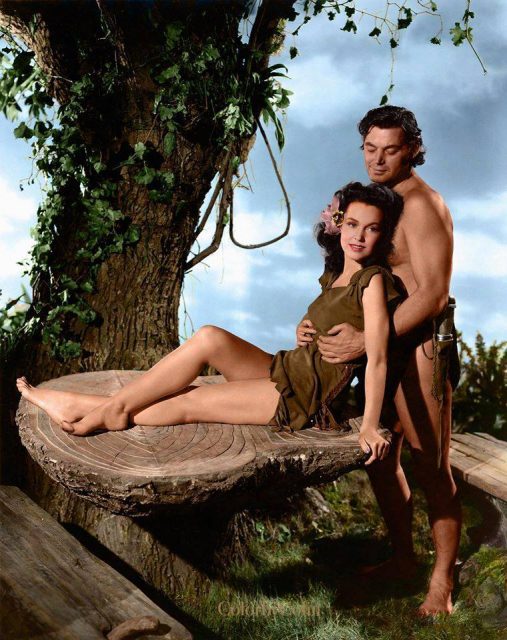
(Colour by Colin)
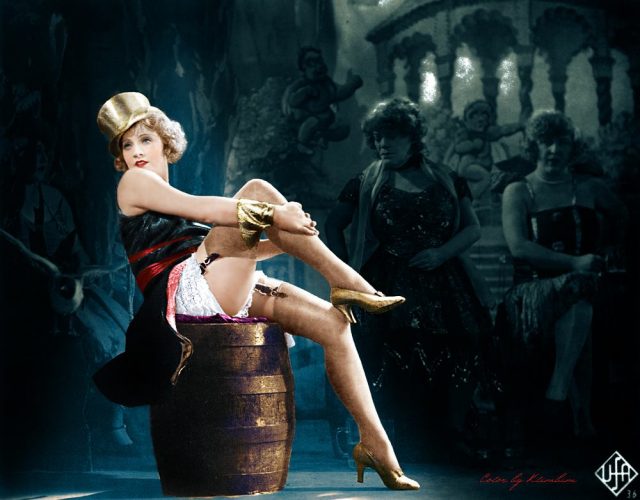
(Color by Klimbin)
Marlene Dietrich was a German actress who proved herself to the FBI with a regular stream of reports from the front-line where she was performing constantly for US troops during World War II.
As indicated by reports, she was one of the few starlets suspected of spying not only for the Americans, but for the Germans as well. And because of that, she was constantly tailed by other U.S. spies to ensure she was on the right side. However, a huge portion of her file “mysteriously” disappeared just before such records went public.
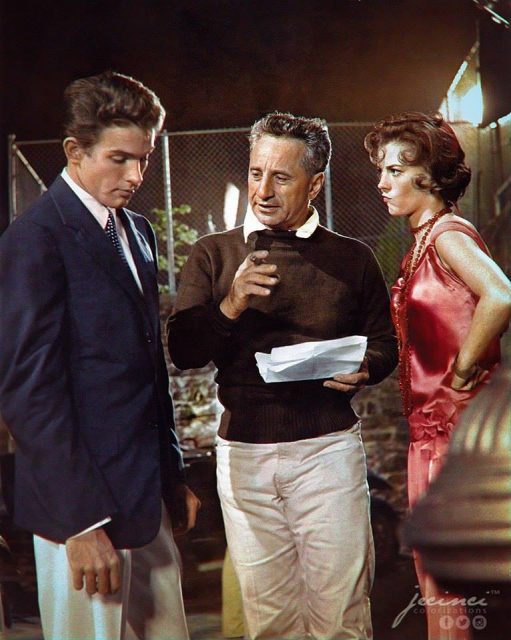
Colorised by Jecinci
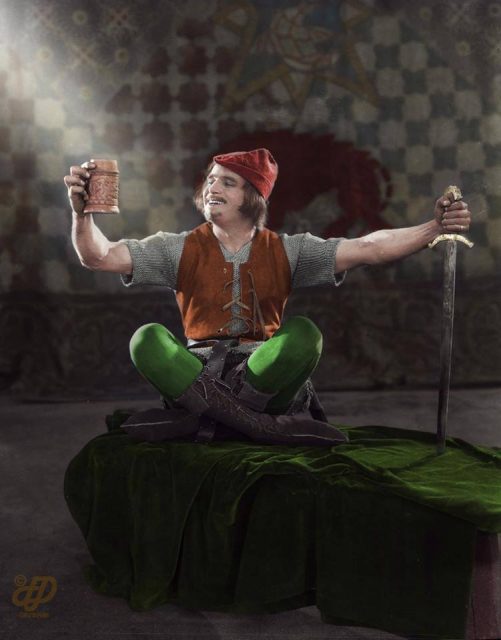
(Color by Frédéric)
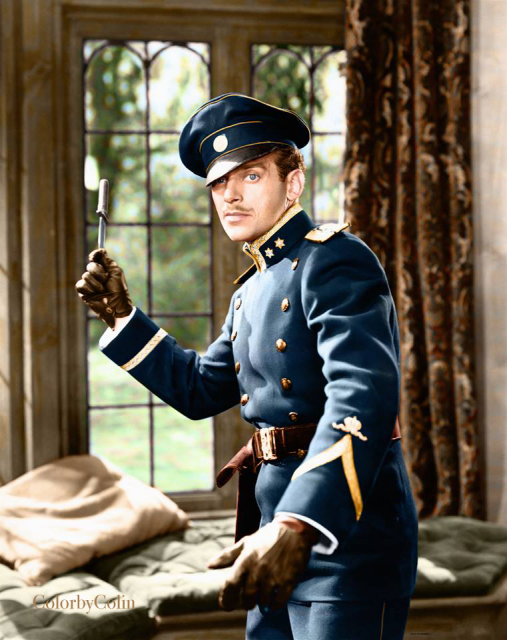
(Color by Colin)
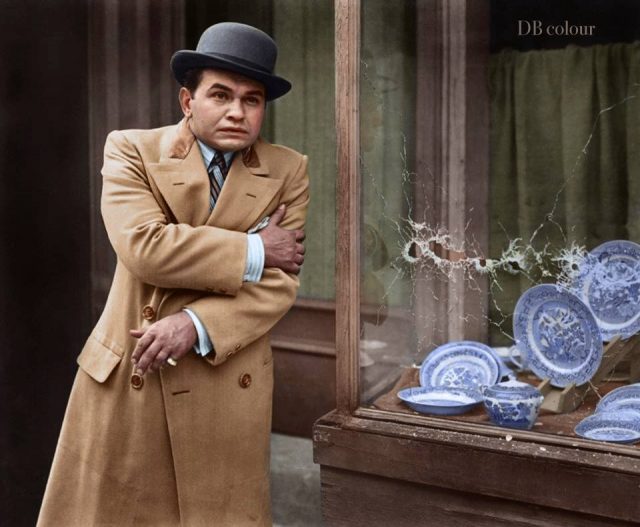
(Colour by Doug)
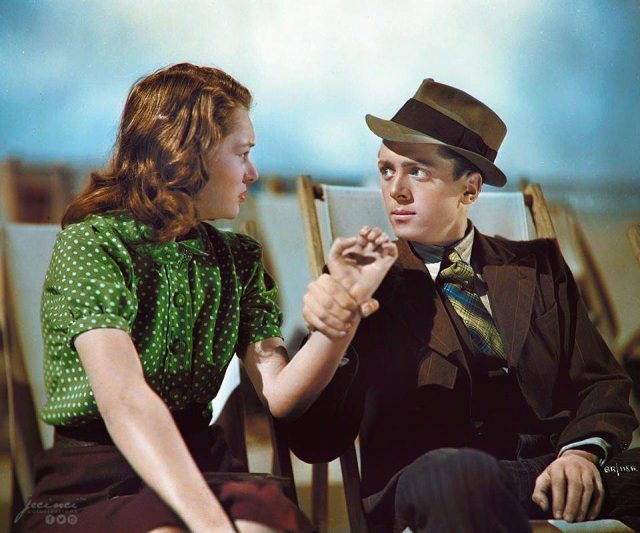
(Colorised by Jecinci)
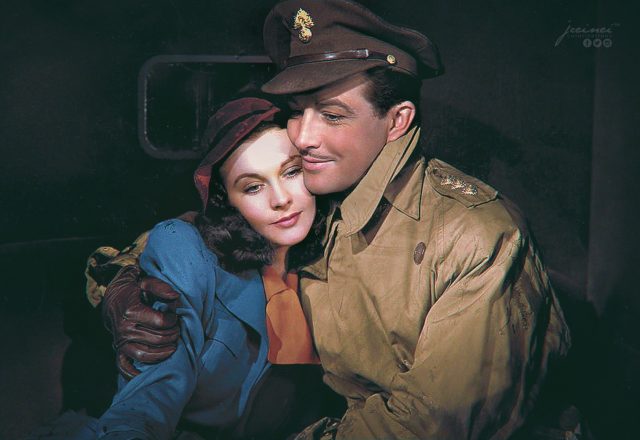
Colorised by Jecinci
Born Vivian Mary Hartley on November 5th, 1913 in Darjeeling, west Bengal, India. She got her acting education in drama school and appeared in four small roles in four different films in 1935. Revered for her beauty, she sometimes felt that it kept her from being taken seriously as an actor.
Even though she had success as a screen actress, most of her career was onstage. She played roles ranging from heroines in comedic classics of George Bernard Shaw to Shakespearean roles like Cleopatra, Ophelia, Juliet, and Lady Macbeth. Her most notable films were Gone with the Wind in 1939, also starring Clark Gable, who she did not get along with, and A Streetcar Named Desire in 1951, with Marlon Brando. She won an Oscar for Best Actress in both. She was in a total of 20 films in her career. She died on July 8th, 1967 in London, England at the age of 53, from long-term tuberculosis.
